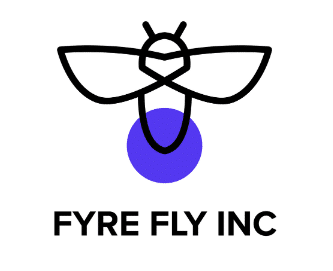
Operating a business isn’t just about chasing your dreams—it’s also about generating income. A key component of this is determining the right pricing strategy for your offerings. This article serves as a roadmap to help you devise a pricing strategy that will enhance your earnings and resonate with your customers.
Sure, you could try out various prices until you stumble upon the one that optimizes profit without deterring potential customers. However, initiating with a pricing analysis will conserve your resources compared to blindly guessing. Once you’ve accomplished that, you’ll need to select a pricing approach, which is the ‘how’ of your pricing strategy.
In this article, we’ll delve into 15 of the most prevalent pricing approaches, along with advice on how and when to implement them.
Remember, as you embark on your business journey, keep in mind that you can modify your pricing strategy as you progress. This is a long-term endeavor, not a race, so it’s more about creating a satisfied customer base that will continue to do business with you rather than making the maximum profit in the shortest possible time. And rest assured, you don’t have to have it all figured out from the start.

hello@fyreflyinc.com
Copyright 2020, Fyre Fly Inc. All Rights Reserved.
Built by Genesis Marketing Consultants